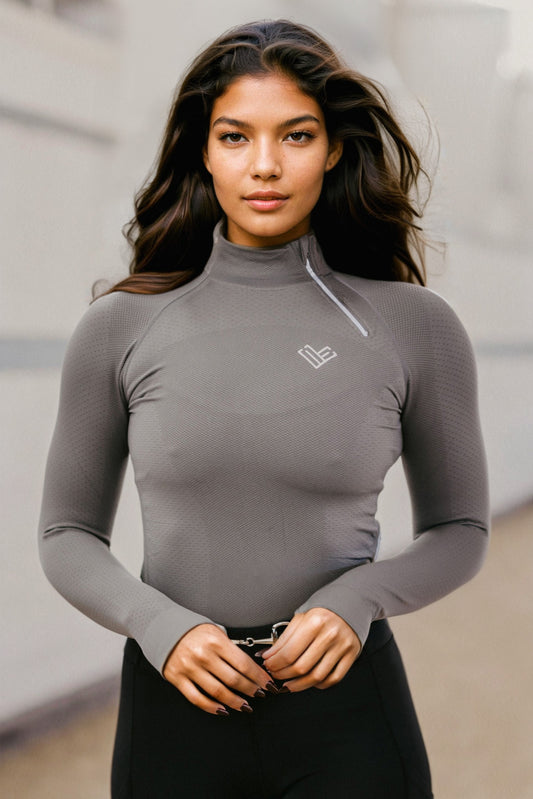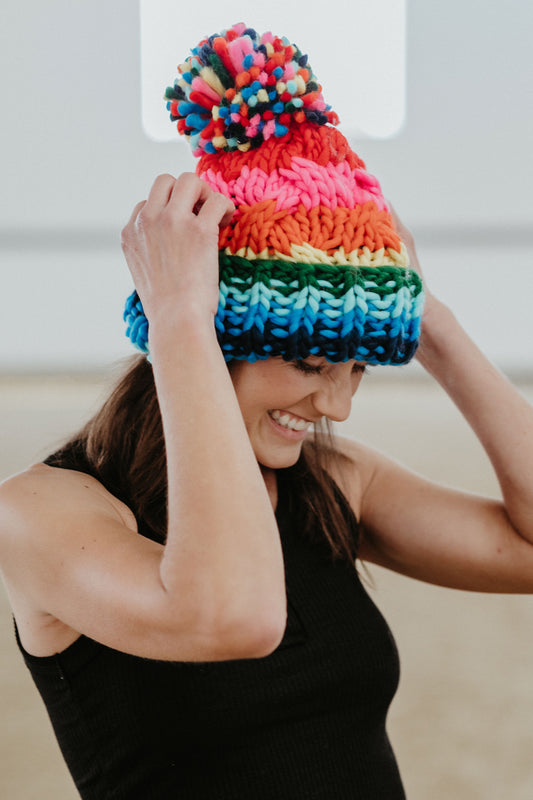Revolution in Riding: The Role of Technical Fabrics in Equestrian Apparel
The world of equestrianism is steeped in tradition, with its rich history reflected in the classic apparel that riders have donned for centuries. However, advancements in fabric technology are rapidly transforming the landscape of equestrian clothing, offering riders unprecedented levels of comfort, safety, and performance.
The Emergence of Technical Fabrics
Technical fabrics are specially engineered materials designed for specific functions including moisture-wicking, breathability, stretch, and durability. These high-performance fabrics have long been used in athletic wear for various sports but have only recently made a significant impact in equestrian attire. The rigorous physical demands of riding and caring for horses mean that apparel must withstand both the elements and the wear-and-tear of daily interaction with these powerful animals.
Enhanced Performance and Comfort
One of the major benefits of technical fabrics in equestrian clothing is their ability to enhance rider performance. Materials that offer four-way stretch, such as Lycra or spandex blends, provide a full range of motion, allowing for a greater degree of flexibility and precision in the saddle. This stretch, combined with the body-contouring fit of modern riding attire, means less material bunching and fewer distractions for the rider.
Breathability is another key attribute of technical fabrics, ensuring riders remain cool and dry even during intense training sessions or competitions. Materials that feature moisture-wicking technology draw sweat away from the body, facilitating rapid evaporation. This not only provides comfort but also helps maintain body temperature, which can be crucial during long rides or in variable climate conditions.
Safety and Protection
Advancements in material science have also led to the development of fabrics that can directly enhance rider safety. High-tech materials are being utilized in items such as safety vests, which incorporate impact-absorbing features without compromising on lightness or flexibility. UV-resistant fabrics protect the skin from harmful sun exposure during outdoor activities, and antibacterial treatments help to prevent skin irritations and infections that can be a side effect of long hours in the saddle.
Increased Durability and Ease of Care
The stables and riding arenas are environments where clothing is subjected to dirt, horsehair, sweat, and the occasional misstep by a hooved companion. Technical fabrics have to be not only comfortable and performance-enhancing but also resilient. Many are designed to resist abrasion, tears, and pilling, ensuring that riders' investment in quality apparel pays off in terms of longevity.
Furthermore, the ease of care associated with technical fabrics is a boon for equestrians. Materials that are machine washable and quick-drying mean less time spent on laundry and more time available for riding, while wrinkle-resistance ensures that riders look polished with minimal effort.
The Aesthetics of Modern Equestrian Apparel
Incorporating technical fabrics doesn't mean sacrificing style. On the contrary, the range of textures, colors, and finishes available in these materials provides designers with a broad canvas to create apparel that is both functional and fashionable. Traditional equestrian aesthetics are being reimagined, blending the old with the new to create outfits that respect the sport's heritage while embracing innovation.
The future of equestrian apparel is bright, with technical fabrics leading the charge in transforming how riders gear up for their sport. As technology continues to advance, we can expect to see even more remarkable developments that will enhance the rider experience, pushing the boundaries of what's possible in equestrian performance wear.









